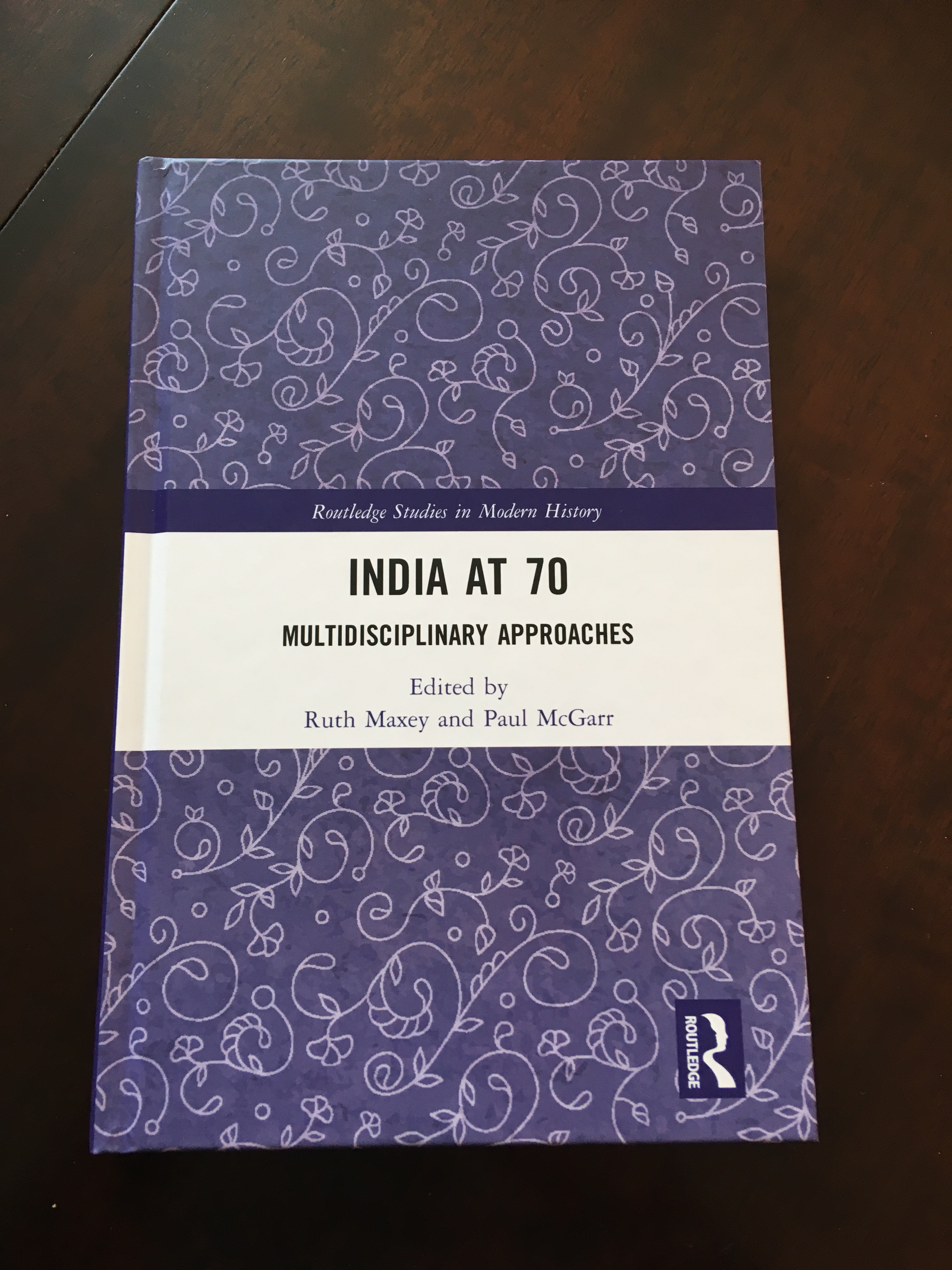‘Post-Millennial Indian Dystopian Fiction: A Developing Canon of Precarity, (Im)purity and Ideas of India(nness)’
Abstract
This paper is interested in an emerging canon of post-millennial Indian dystopian fiction in English and the related themes of precarity and (im)purity. After introducing some recent novels and texts from the domestic Indian literary scene, the paper looks to demonstrate how precarity, (im)purity and changing ideas of India(nness) are manifested in Prayaag Akbar’s Leila, a 2017 Indian post-millennial dystopian novel in English. To focus on these particular themes, I consider the novel’s urban geography in terms of its modes of segregation, specifically how the walled sectors of the dystopian, near-future metropolis divide a city ruled over by the Repeaters and pervasive surveillance systems, whilst the Slums and the Outroads lie beyond the city limits. This focus on (im)pure involves an examination of representations of class, privilege, freedom of movement and religious affiliation. Overall, this paper is especially interested in how the dystopian as a narrative mode is harnessed in order to recount ‘precarious’ urban existence, a theme that runs through the wider body of post-millennial Indian dystopian fiction. Through discussion of the (im)purity trope and particularly through the narrative mode of the dystopian, I argue that Leila, like other recent Indian works of this genre, tangentially engages with certain socio-political themes of the second decade of the millennium such as segregation and develops ideas of India(nness) in relation to the Indian post-millennial contemporary.



